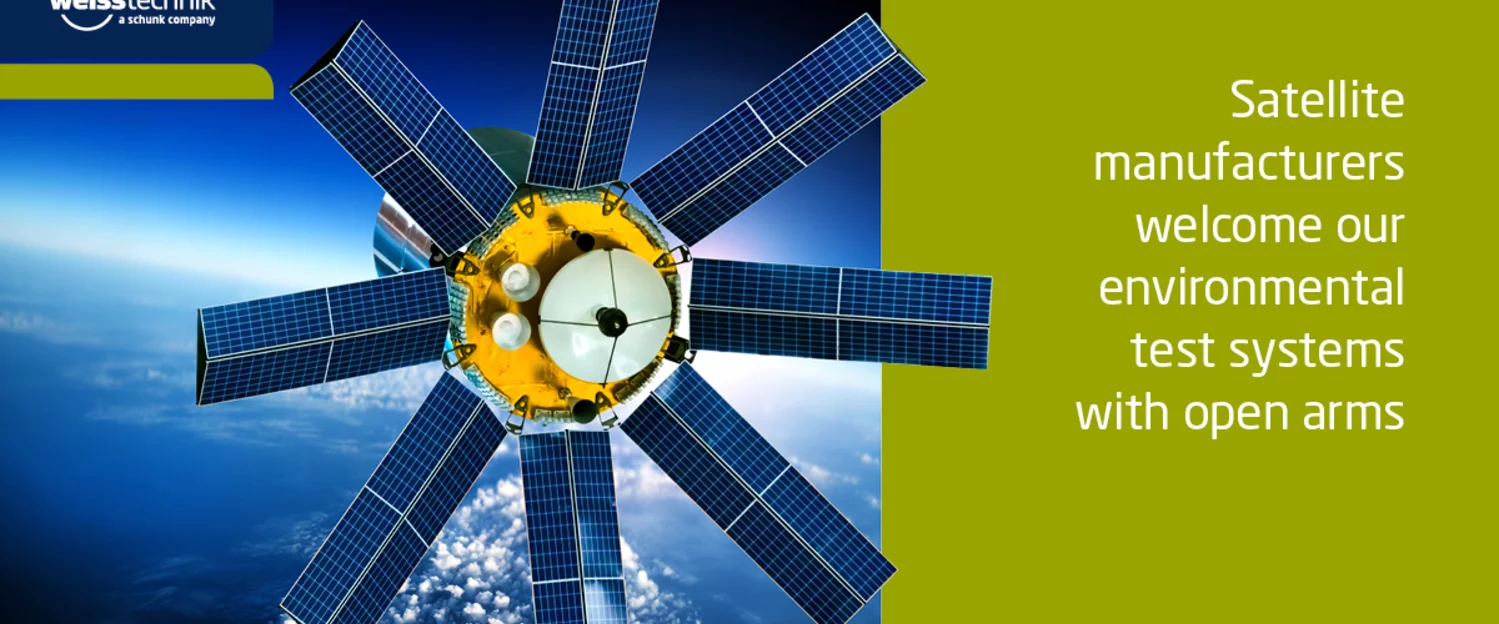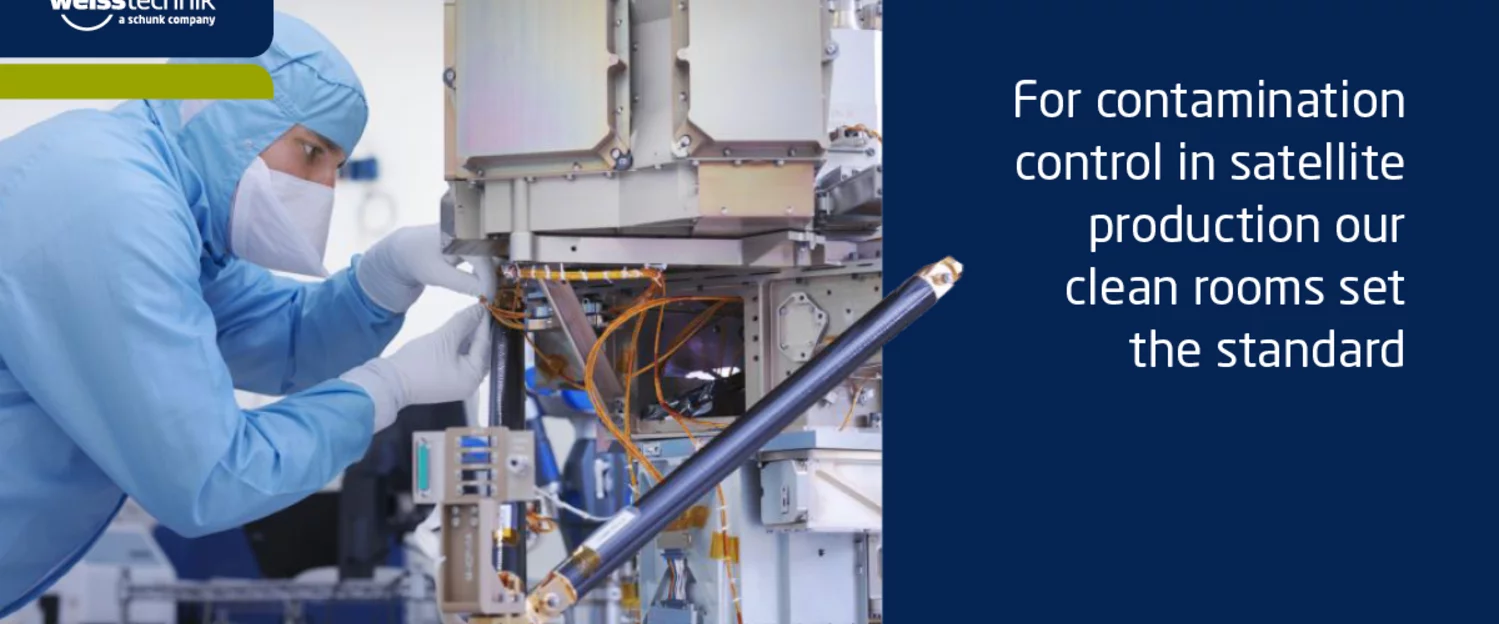The UK Government’s space innovation and growth strategy will provide the opportunity for UK companies operating from within space hubs across England, Scotland, Wales and Northern Ireland with the potential to expand and lead space innovation for the future, as universities and companies focus on space technology, space launch, small satellites and satellite communications this provides the opportunity for the UK space industry to grow and expand.
Whether nano satellites, small satellites, cubesats, rockets or spacecraft: these systems are exposed to extreme conditions when in use. But even in cases of strong vibrations, extreme temperature fluctuations or vacuum conditions in outer space, all components must work reliably and safely.
Fit for space with our Thermal Vacuum Chambers
Before a component may be used for a satellite, it must undergo intensive testing, in order to test whether the materials can withstand these extreme conditions. Space Simulation Chambers accurately reproduce outer space conditions and allow testing in a completely controlled environment. It is of vital importance that all components remain stable in a vacuum and do not ignite spontaneously due to overheating. The pressure in space is up to 10-6 millibars which corresponds to a billionth of the Earth’s atmosphere. The pressure conditions inside a satellite are the same as outside, yet many materials change in under these pressure conditions and become unstable. In the worst case scenario, these components could self-destruct.
Weiss Technik build thermal vacuum chambers in horizontal and vertical orientation with 10-5 to 10-7 mbar to simulate extreme temperature conditions. Satellites usually stay in space between two and ten years. Since it is not possible to do maintenance work during this time, all components must be fully reliable.
Solar radiation, UV and cosmic rays age materials at a record pace. The side of satellites, which is exposed to the sun, heat up to +200 °C and on the shadow side, the temperature can drop down to –200 °C. The temperatures are compensated by the rotation of the satellite, as the individual sides are exposed to the sun only for brief periods due to the rotation. The electronic devices on a satellite also generate heat. In order to ensure that electronic components in space do not heat up to the point that they ignite spontaneously, their behaviour is also tested under extreme temperatures in the vacuum chamber.
How does space simulation testing work?
For the tests, the components are first affixed to a heatable metal plate that acts as heat exchanger. After the door is closed, the pressure set by the testers is generated and the tests begin. Since the simulation takes place in a vacuum, there is no temperature transfer through air. The test object is heated and cooled through the heat exchanger. In addition, liquids such as silicon oils or liquid nitrogen are used for temperature testing and are fed into the heat exchanger through a specially constructed circulatory system. The temperature impact of the sun can also be simulated with the help of infra-red lights. Coolness is regulated through the heat exchanger and the wall plates on the inside of the chamber. The temperature is measured and regulated through sensitive sensors in the vacuum chamber, on the heat exchanger, and on the test object itself. In this way, the vacuum chamber can simulate all temperature and pressure conditions that can exist in space.
Find out more about our Space Simulation Chambers.


